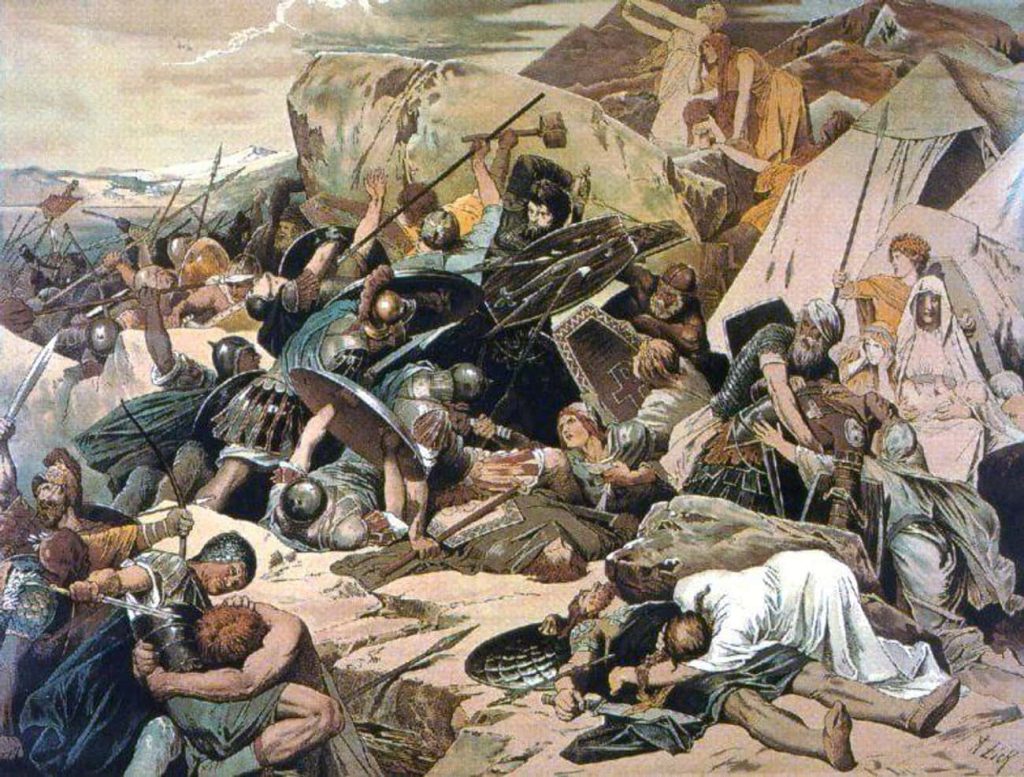The 6th century, an era marked by exceptional events and historical contributions, faced a stark contrast in the form of the year 536 CE. Regarded by scientists and historians as the darkest period in history, this year unfolded a series of catastrophic events that left an indelible mark on civilizations across the globe.
The Dark Cloud Descends
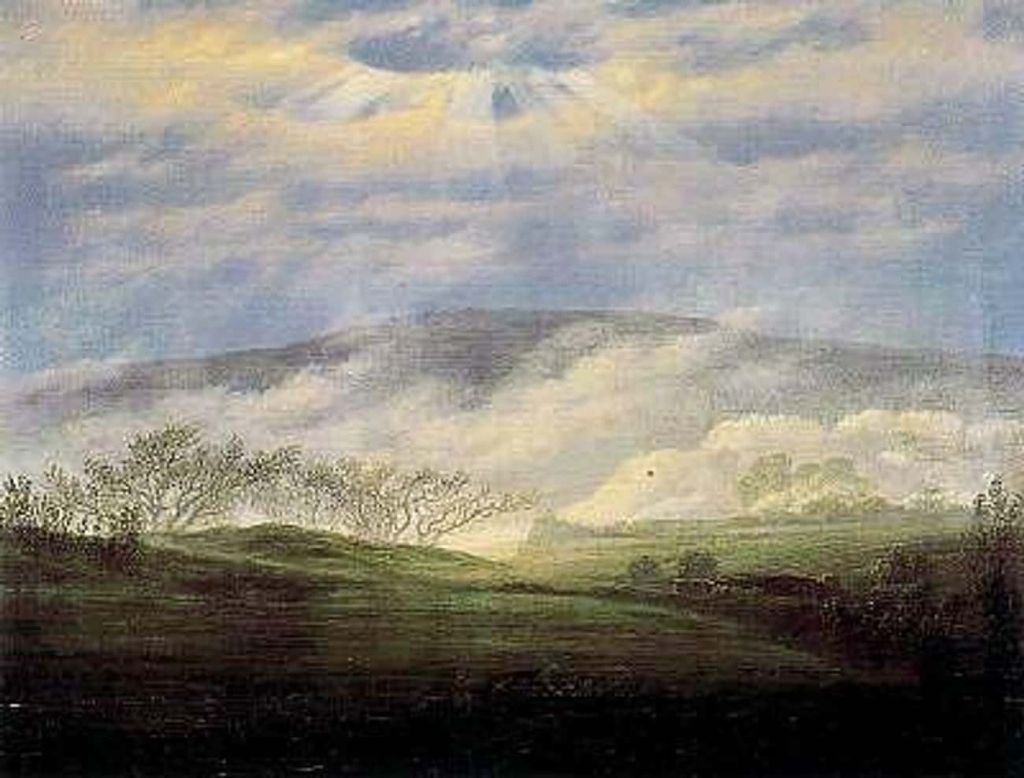
Byzantine historian Procopius, who served as a military advisor during the campaigns in Persia and Sicily, chronicled an unusual darkness that shrouded Europe and the Mediterranean for months. This portentous fog, likely caused by a massive volcanic eruption, plunged the world into a state of perpetual twilight. Procopius noted that the sun emitted light without brightness, akin to the moon, leading to a period of war, pestilence, and death.
Agricultural Devastation

The extended darkness wreaked havoc on agriculture, with crops failing to reach maturity and the Earth’s temperature dropping by a significant 1.6° to 2.5° Celsius. Societies from Ireland to China grappled with famine as the lack of sunlight hindered the growth of essential crops. The aftermath of the volcanic eruption triggered a prolonged period of cooler temperatures, exacerbating the challenges faced by civilizations.
Plague and Pestilence
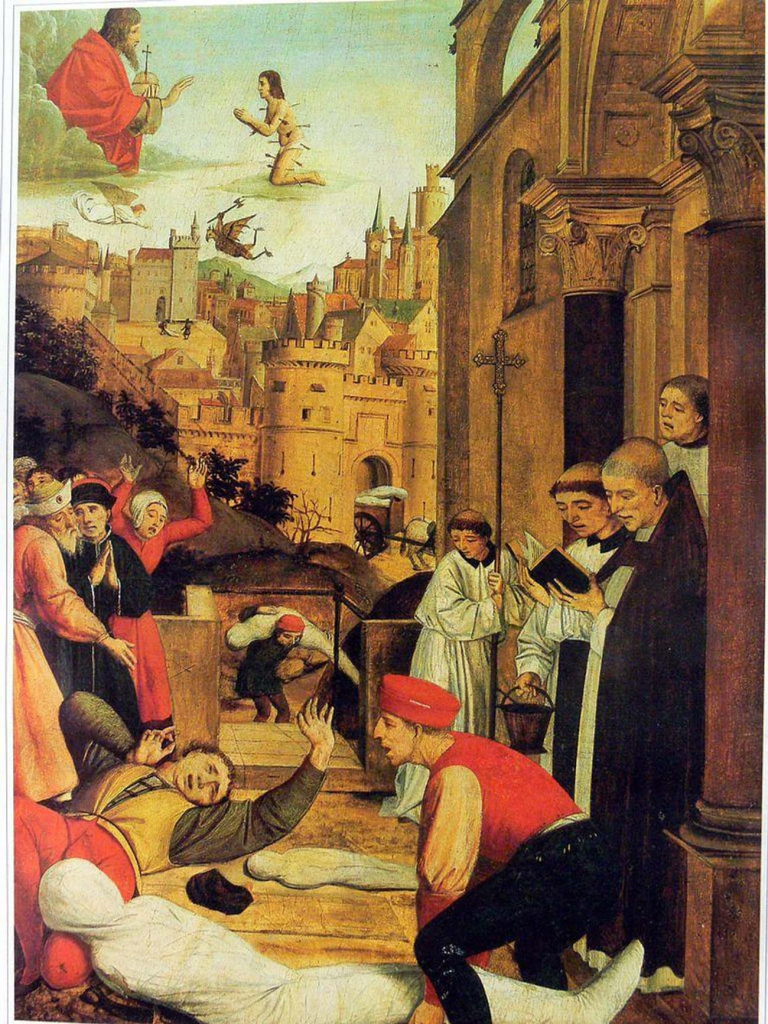
As if the darkness and famine weren’t enough, 536 also witnessed the outbreak of a devastating plague in the Byzantine Empire. The Plague of Justinian, as it came to be known, claimed millions of lives. Procopius and Michael the Syrian, a Byzantine scribe, provided harrowing accounts of the symptoms, with the disease first targeting the poor before spreading to the merchants and nobility, leaving no social class untouched.
Unusual Climatic Anomalies

In China, reports emerged of a yellow ash-like substance falling from the sky during the late 530s. The Nan Shi, a 6th-century chronicle, described it as dirt or dust that could be “scooped up in handfuls.” The following year brought more surprises, with Chinese chronicles indicating summer snow and frost that ruined crops. Mesopotamia experienced similar climatic oddities, contributing to widespread famine and loss of life.
Chronicles of Widespread Desperation
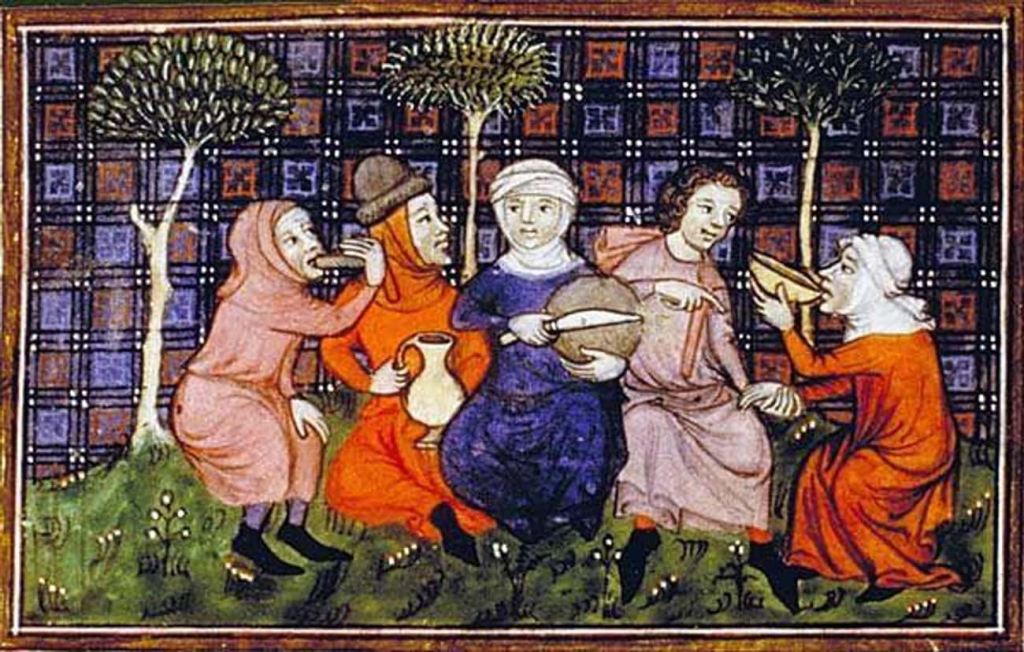
Irish chroniclers, part of the Celtic monastic tradition, took note of the crop failures around them. The Annals of Ulster recorded a “failure of bread” in 536, while Inisfallen indicated bread shortages from 536 to 539. Monks diligently preserved learning and documented the world around them, creating a historical record of a world in turmoil.
Societal Impact and Norse Legend
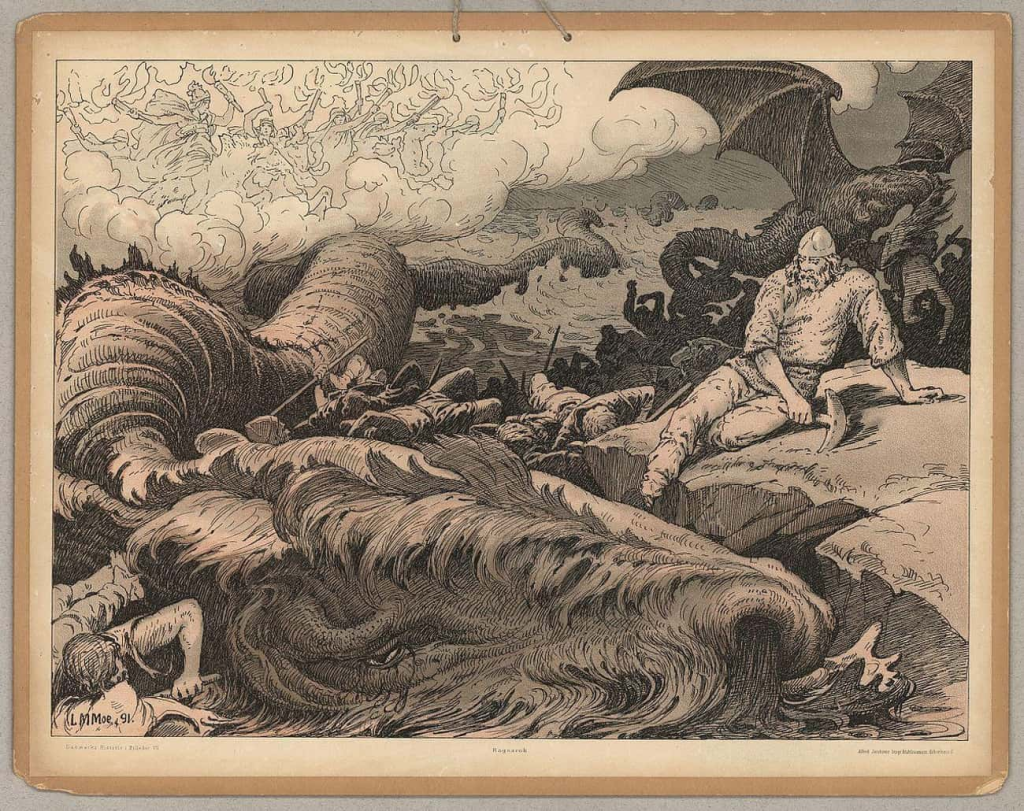
Scandinavia witnessed the decline of villages in the 6th century, with many cities abandoned. While theories suggest a meteor strike or volcanic eruption as possible causes, Norse legend includes Fimbulwinter, a three-year-long winter before Ragnorök, associating the extended darkness with the abandonment of cities.
Conclusion
The year 536 stands as a testament to the resilience of humanity in the face of unprecedented challenges. While the dark age cast its shadow, civilizations eventually recovered, demonstrating the indomitable spirit to endure and rebuild.
